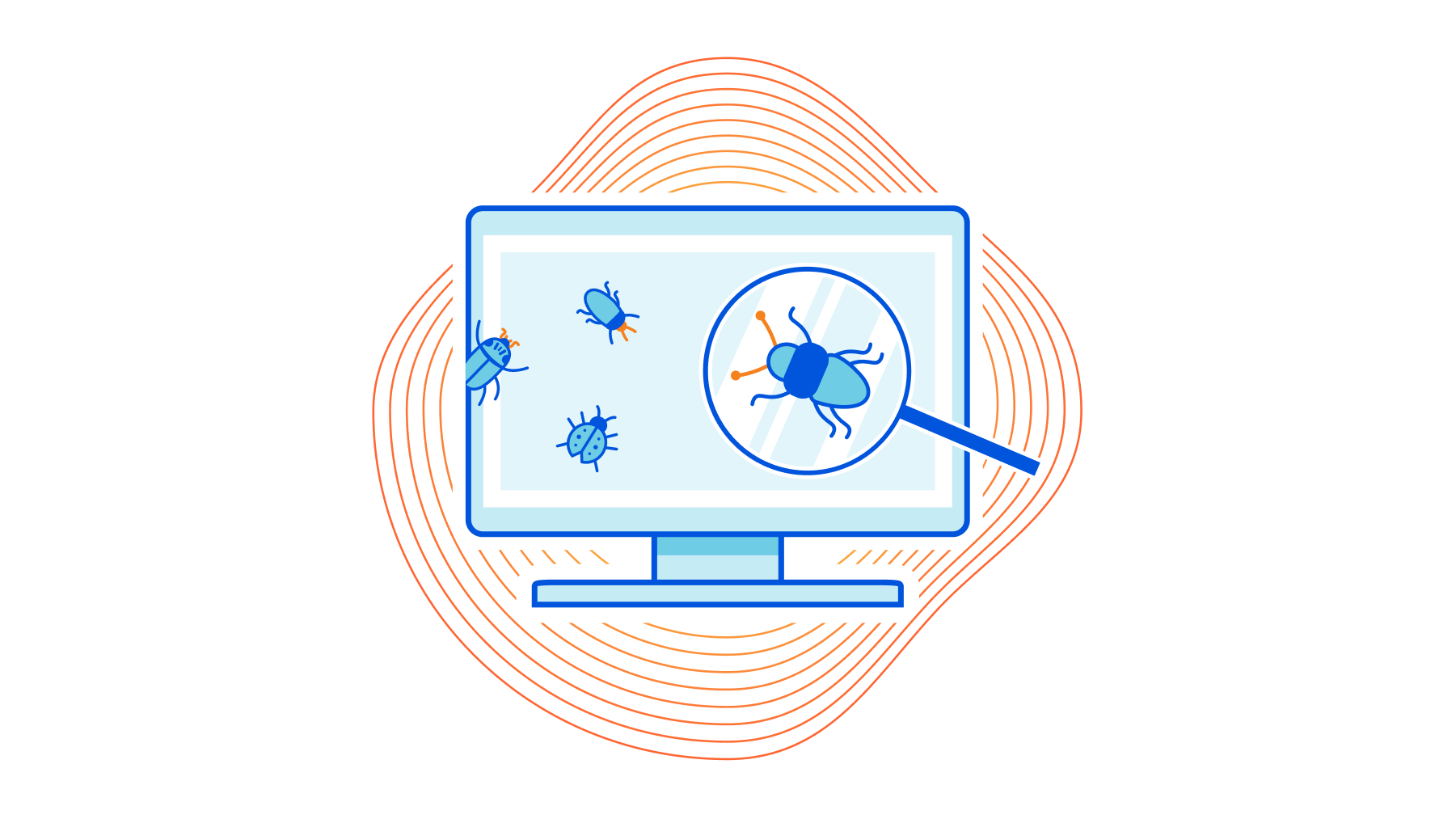0
The Project Calico community is one of the most collaborative and supportive communities in the open-source space. Our community has shown great engagement through the years, which has helped us maintain and grow the project.
Thanks to our 200+ contributors from all over the world, Calico Open Source (the solution born out of the project) is powering 1.5M+ nodes daily across 166 countries. Our engineering team is committed to maintaining Calico Open Source as the leading standard for container and Kubernetes networking and security!
Given our community’s passion for Project Calico, we wanted to give its members a chance to inspire others by telling their stories. To this end, we are very excited to announce our new Calico Big Cats ambassador program!
What is Calico Big Cats?
Calico Big Cats is an ambassador program that provides a platform for our community to talk about their experiences with Calico. The goal is to help community members connect, inspire, and share common challenges and ways to overcome these challenges using Calico and other tools.
Why join Calico Big Cats?
If you have experience with Project Calico, recognize its value in the open-source networking and security domain, and are passionate about sharing Continue reading



